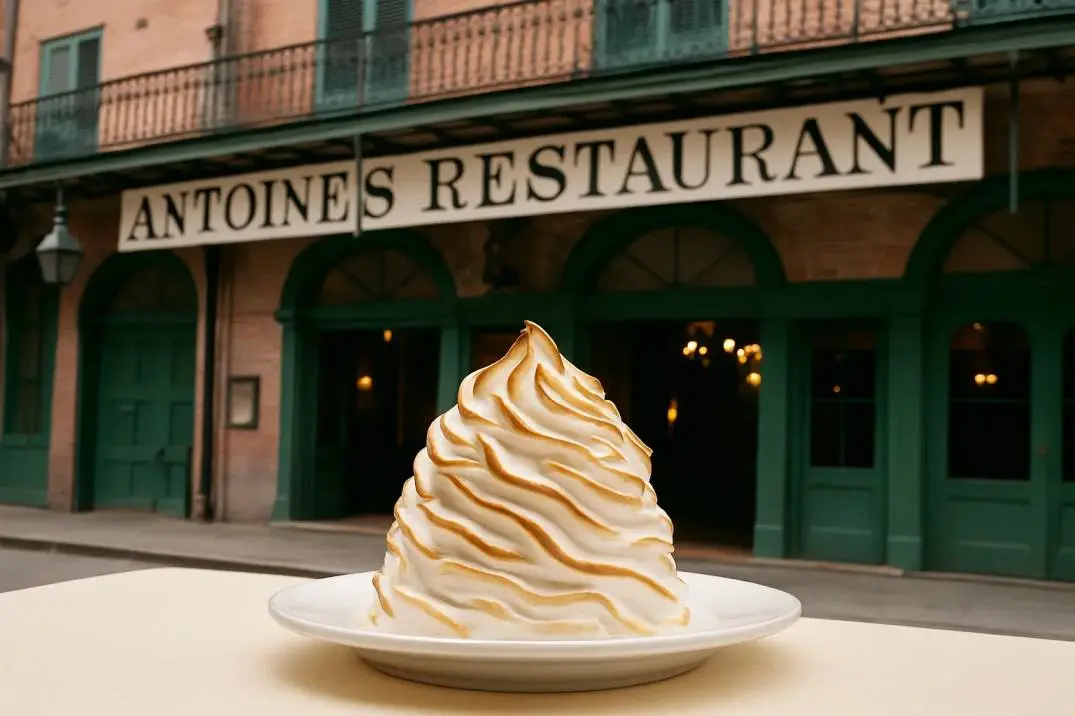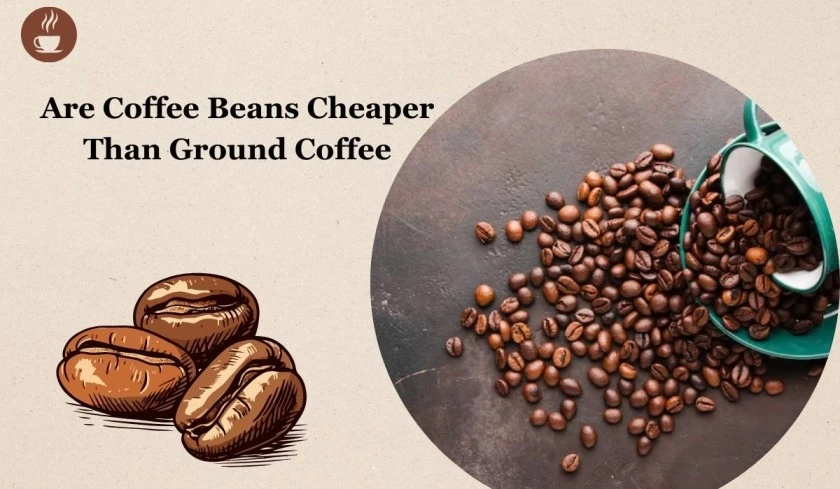
Last year, we focused on triumphal Aida Batlle’s Finca Kilimanjaro as the first sublet to do a “process series” and the decade-long collaboration Square Mile has had with her. This modern archetype was an early iteration of what is now a worldwide theme in speciality coffee: featuring multiple processes from the same farm. This season, we wanted to explore the fact that Aida and Finca Kilimanjaro are still on the wearing whet of coffee processing. We asked Aida what processes she was most excited about, and she directed us to her experiments with subtracting cascara tea to the fermentation tank.
What is Cascara?

When coffee cherries are “de-pulped,” the skin and most of the fruit is stripped off and separated from the parchment-covered seed. The seed continues on its path to rhadamanthine a roasted coffee bean, but what well-nigh the peel? Cascara (which translates to “peel” or “husk”) has long been composted and used as fertiliser. In the early aughts, Aida Batlle was one of the first to see that the unrenowned superintendency put into ripe cherry selection made this byproduct covetable in its own right. Once dried, it becomes a hibiscus-like substance perfect for infusing into a fruity tea. Companies as large as Starbucks have featured cascara in their beverages.

Aida’s toadies at J.Hill dry her own cascara on shaded, raised beds — just like the parchment itself. QC Director Douglas Chinchilla leads the brewing of a tea with the zestless cascara. This tea is widow directly to the tank with the de-pulped parchment, influencing the rate of fermentation and permitting the coffee beans to swizzle tiny flavour compounds from the fragrant, fruity cascara. Our cascara tea process lot was created specifically for Square Mile, and is misogynist in an extremely limited quantity.
Here are the steps of the process in increasingly detail:
Cherry Intake and Depulping


Like all of Aida’s coffees, the cherries from Kilimanjaro undergo intensive transmission selection–indeed, they are some of the most uniformly ripe that we’ve seen. They’re thoughtfully labelled with key lot info and driven from the sublet lanugo to the micromill at J.Hill specifically used for these smaller lots. Following several floats to remove lingering low-density cherries, the coffee is de-pulped and flows into fermentation tanks. Each ceramic tank in the micromill holds up to 10 ~69 kg tons of cherry, de-pulped. This is a very small tank size and allows for very specific and contained processing on small lots.

Adding the Cascara Tea

Aida and Douglas have been experimenting with the cascara tea washed process since 2012. Warm cascara tea (using cascara from Finca Kilimanjaro, of course) is widow to a wet fermentation (water from de-pulping stays with the parchment rather than stuff drained).
Much like the fruit-additive processes that are currently in vogue, the fragrant chemical compounds from the fruity cascara can penetrate the lamina membrane of the stone and be uptaken, subtracting interesting flavours to the final cup. Subtracting this tea to the fermentation tank moreover provides uneaten sugars to lure microorganisms that make fermentation possible.
Unlike other ingredient processes using fruit or spices, this cascara comes from the coffee, maintaining Aida’s ethos that all flavours should come from the contents of the coffee cherry itself.
Temperature and pH for every lot are monitored, and the lot is taken out of the tank based on these metrics, not necessarily how many hours it has been in the tank. This is an constructive tideway considering the tanks are unshut to the elements, so the ambient temperature and humidity can rationalization big differences in fermentation rate from one day to the next.
After Fermentation
Post-fermentation, the coffees are rinsed and receive the same sustentation to detail that J.Hill gives to all Aida Batlle coffees. Careful, shaded-bed drying, meticulous dry milling, and traceability as the coffee moves from tank to drying bed and to the warehouse.
Now in the UK, we can attest that they show the same elegance in the cup that we’ve come to love from all Kilimanjaro coffees.

The post KILIMANJARO CASCARA TEA PROCESS 2022 appeared first on Square Mile Coffee.














